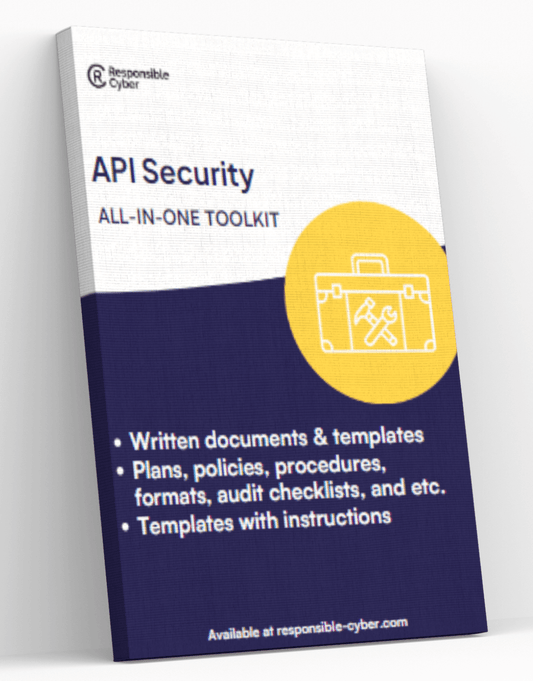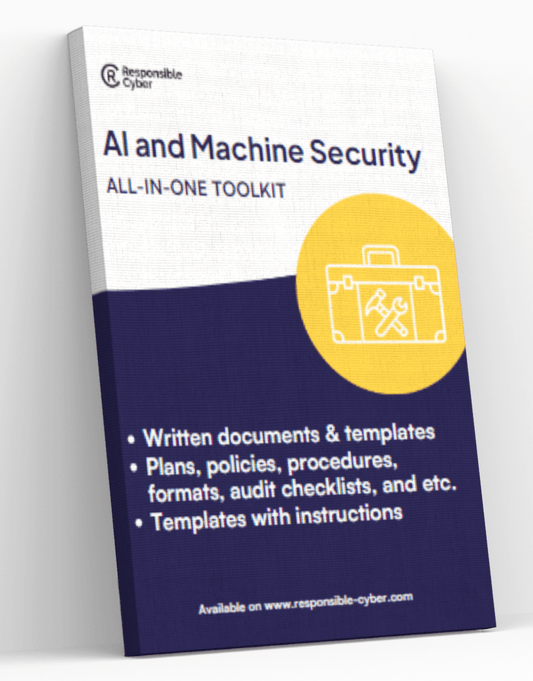Third-Party Risk Management in OT: Safeguarding Your Supply Chain

In today’s interconnected world, organizations increasingly rely on third-party vendors, contractors, and partners to manage and maintain their Operational Technology (OT) systems. While these relationships are crucial for efficiency and innovation, they also introduce significant cybersecurity risks. Effective third-party risk management is essential to safeguarding your supply chain and ensuring the security of your critical OT infrastructure. This article focuses on the importance of managing third-party risks in OT environments and highlights strategies for assessing and mitigating risks posed by external entities with access to your OT systems.
Understanding Third-Party Risks in OT Environments
The Role of Third Parties in OT
Operational Technology environments often depend on third parties for various functions, including:
- Maintenance and Support: Vendors and contractors provide ongoing support and maintenance for OT systems and equipment.
- Software and Hardware: Suppliers deliver critical software and hardware components necessary for OT operations.
- Consulting and Professional Services: External experts offer consulting and professional services to optimize and enhance OT performance.
Cybersecurity Risks Posed by Third Parties
Third-party relationships can introduce several cybersecurity risks, including:
- Access Risks: Third parties with access to OT systems can inadvertently or maliciously introduce vulnerabilities.
- Supply Chain Attacks: Cybercriminals may target third-party vendors to infiltrate an organization’s OT network.
- Compliance Risks: Third parties may not adhere to the same security standards, leading to potential compliance issues.
- Data Breaches: Sensitive data shared with third parties can be compromised if they do not have robust security measures.
Strategies for Managing Third-Party Risks in OT Environments
Effective third-party risk management involves a comprehensive approach to assessing and mitigating risks. Here are key strategies to safeguard your OT supply chain:
1. Conduct Thorough Due Diligence
Before engaging with third-party vendors, conduct thorough due diligence to assess their security posture:
- Security Assessments: Perform detailed security assessments to evaluate the vendor’s cybersecurity practices and controls.
- Background Checks: Conduct background checks on the vendor’s personnel who will have access to your OT systems.
- Financial Stability: Assess the financial stability of the vendor to ensure they can sustain their operations and security measures.
2. Establish Clear Contracts and SLAs
Clear contracts and Service Level Agreements (SLAs) are essential for defining security expectations and responsibilities:
- Security Requirements: Include specific security requirements and standards that the third party must adhere to.
- Access Controls: Define access controls and restrictions for third-party personnel accessing your OT systems.
- Incident Response: Outline incident response procedures and reporting requirements for security incidents involving third parties.
- Compliance Obligations: Specify compliance obligations and ensure the third party adheres to relevant regulatory standards.
3. Implement Strong Access Controls
Control and monitor third-party access to your OT systems to minimize risks:
- Least Privilege Principle: Grant third-party personnel the minimum level of access necessary for their tasks.
- Multi-Factor Authentication (MFA): Require MFA for accessing OT systems to add an extra layer of security.
- Access Monitoring: Continuously monitor and log third-party access to detect any unusual or unauthorized activities.
4. Conduct Regular Audits and Assessments
Regular audits and assessments help ensure that third parties maintain the required security standards:
- Periodic Audits: Conduct periodic audits of third-party security practices to verify compliance with contractual obligations.
- Vulnerability Assessments: Perform regular vulnerability assessments to identify and address any security gaps in third-party systems.
- Penetration Testing: Include third-party systems in penetration testing to evaluate their resilience against cyberattacks.
5. Foster Ongoing Communication and Collaboration
Maintain open communication and collaboration with third-party vendors to ensure effective risk management:
- Regular Meetings: Hold regular meetings with third-party vendors to discuss security concerns, updates, and improvements.
- Incident Reporting: Establish clear incident reporting channels for third parties to promptly report security incidents.
- Security Awareness Training: Provide security awareness training for third-party personnel to enhance their understanding of OT cybersecurity risks.
6. Leverage Technology Solutions
Utilize advanced technology solutions to manage and monitor third-party risks:
- Vendor Risk Management Platforms: Use vendor risk management platforms to streamline the assessment and monitoring of third-party risks.
- Continuous Monitoring: Implement continuous monitoring solutions to track third-party activities and detect potential threats in real-time.
- Data Encryption: Ensure that sensitive data shared with third parties is encrypted both in transit and at rest.
Case Studies and Examples
Case Study 1: Manufacturing Company
Background: A manufacturing company relied on multiple third-party vendors for maintenance and support of its OT systems.
Implementation: The company implemented a comprehensive third-party risk management program, including detailed security assessments, strict access controls, and regular audits.
Results:
- Enhanced Security: The company significantly reduced the risk of supply chain attacks by ensuring that third-party vendors adhered to strict security standards.
- Improved Compliance: Regular audits and assessments ensured compliance with industry regulations and standards.
- Incident Prevention: Strong access controls and continuous monitoring helped prevent security incidents involving third-party vendors.
Case Study 2: Energy Sector
Background: An energy company faced challenges managing third-party risks due to the complexity of its OT environment and numerous vendor relationships.
Implementation: The company established clear contracts and SLAs with all third-party vendors, implemented MFA for all access, and conducted regular vulnerability assessments.
Results:
- Controlled Access: MFA and the least privilege principle minimized the risk of unauthorized access to critical OT systems.
- Risk Mitigation: Regular vulnerability assessments and audits helped identify and mitigate potential security risks.
- Enhanced Collaboration: Ongoing communication and collaboration with vendors improved the overall security posture of the company.
Case Study 3: Transportation Network
Background: A regional transportation network needed to secure its OT systems while relying on various contractors for system maintenance and upgrades.
Implementation: The network utilized a vendor risk management platform to assess and monitor third-party risks, provided security training for contractors, and established incident reporting protocols.
Results:
- Real-Time Monitoring: Continuous monitoring solutions provided real-time visibility into third-party activities, enhancing threat detection and response.
- Increased Awareness: Security training for contractors improved their understanding of cybersecurity risks and best practices.
- Effective Incident Management: Clear incident reporting protocols ensured prompt and effective responses to security incidents involving third parties.
Conclusion
Managing third-party risks in OT environments is critical for safeguarding your supply chain and ensuring the security of your critical infrastructure. By conducting thorough due diligence, establishing clear contracts and SLAs, implementing strong access controls, conducting regular audits, fostering ongoing communication, and leveraging advanced technology solutions, organizations can effectively mitigate the cybersecurity risks posed by third-party vendors, contractors, and partners. The case studies provided demonstrate the tangible benefits of a comprehensive third-party risk management program, illustrating how businesses across various industries have successfully protected their OT environments. Embrace these best practices to enhance your organization’s security and resilience in an interconnected world.
Check out more related articles:
- Supply Chain Risk Management vs Third-Party Risk Management: Understanding the Differences
- Managing Supply Chain Risk in the Maritime Industry: Strategies for 2024
- Navigating the Digital Transformation: A Comprehensive Guide to Risk Management in the Manufacturing Sector
- Navigating the Maze of Supplier and Vendor Relationships: Top 10 Fears and How to Overcome Them











